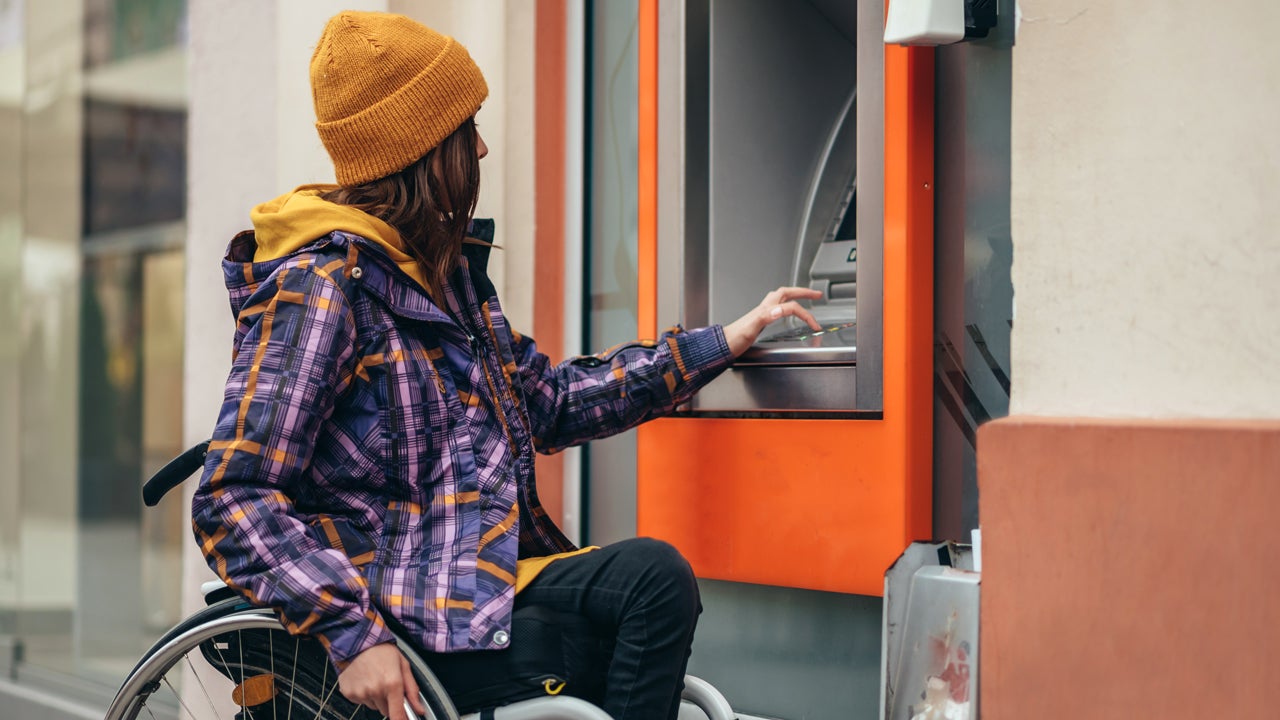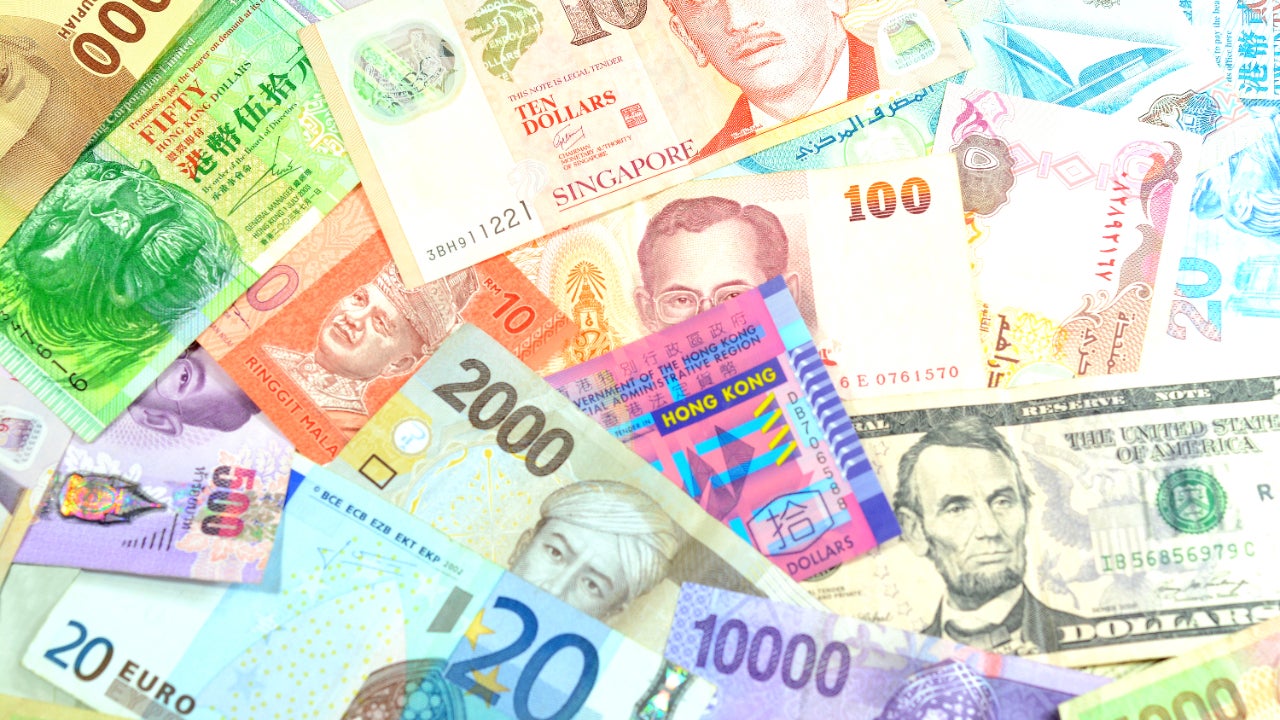7 best ways to send money




Sending money to someone else has never been easier thanks to peer-to-peer (P2P) payments. With a couple of taps on a smartphone, you can send or receive money instantly.
Here are seven of the best ways you can send money to others from nearly anywhere.
1. Zelle
Best for: People with compatible bank accounts who don’t want to download another app or pay fees.
Zelle is a great option to quickly pay back your friends and family. It’s free to use, your money moves within minutes and you may not even need to download another mobile app.
More than 2,000 financial institutions are represented in the Zelle Network. To send someone money, provide Zelle with their email address or phone number. The maximum amount you can send per week varies by financial institution. You can download the standalone Zelle app and send up to $500 per week and receive up to $5,000 per week, if your bank doesn’t offer Zelle.
Typically Zelle payments are received in minutes when both parties are enrolled – even on a bank holiday or a weekend. Though there might be delays of a day or two if new enrollment is a factor, according to Zelle.
What to watch for: Confirm that you are sending money to the right person. If you accidentally send money to the wrong person, there’s no guarantee that you will get your money back.
2. Venmo
Best for: Paying back friends with a social component.
Venmo is a popular P2P payments app and for good reason. The PayPal-owned app makes it easy to send and receive money with a social twist. Transactions between people are shared with their friends, though users can choose to make their transactions and payment history private, either by default or for individual payments.
Unlike Zelle, there’s no getting around downloading an app — you’ll need the Venmo app on your phone to send or receive money through the service. But you can easily link your bank account to send money to people for free (or pay a small fee if you want to send a payment instantly).
You only need someone’s Venmo username, phone number or email to pay them, but Venmo may also ask for the last four digits of the recipient’s phone number to confirm you’re sending the money to the right person.
If you link a bank account, Venmo will automatically take out the money from your account when you pay someone. You can link a credit card, but Venmo will charge a 3 percent fee. (You can update your method of payment before you send money. But you aren’t able to make an adjustment after a transaction has been sent.) Once Venmo confirms your identity, you can send up to $60,000 per week. On occasion, Venmo runs a referral program where you can earn a bonus when people you know use your referral link to sign up for a Venmo account.
What to watch: Like Zelle, you can’t cancel money sent via Venmo. So make sure you’re sending money to the correct person and that it’s for the right amount.
3. Cash App
Best for: People who want a basic app, as well as those looking to send money between the U.S. and U.K.
Cash App is another trendy standalone app used to send money to people you know. It’s available for consumers in the United States and the United Kingdom, and money can be sent between the two countries with no extra fee (other than what your bank might charge). Similar to many other P2P payment apps, the sender and recipient of a payment both must download the app to use it.
Like Venmo and Zelle, you can send money to people with an email address or phone number. You can also send money to someone using a $Cashtag (a unique identifier).
Within the first seven days of signing up for the app, you can send up to $250. After 30 days, you can send up to $1,000. Once your identity is confirmed, you can send additional funds.
You can send money to other people without paying a fee. But if you use a credit card, you will be charged a 3 percent fee. You will also be subject to a 0.5 to 1.75 percent fee if you make an instant deposit to a linked debit card. Standard deposits take around one to three business days to arrive. And there is no fee charged for choosing this option. But instant deposits cost a fee of 0.5 percent to 1.75 percent (with a minimum of $0.25).
What to watch: Like the other peer-to-peer apps, you can’t usually cancel the money you send. Pay attention to whom you are sending funds to and the amount.
4. PayPal
Best for: People who want to send larger amounts of money and those who want to make convenient international payments.
PayPal is a longstanding digital-payment system that lets you send and receive money that continues to get upgrades (including letting you use emojis just like you can on Venmo). It’s available on the web or as a mobile app.
PayPal is a global service, meaning that consumers can send money to various countries around the world for a conversion fee.
You can send money to people for free if you use a linked bank account or PayPal Cash Card or balance. But you will pay fees for other card payment methods: 2.9 percent plus 30 cents in the U.S.
If you have a verified PayPal account, you can send up to $60,000; however, PayPal might limit you to $10,000 for a single transaction, depending on the currency. Those without a PayPal account can send up to $4,000 in a transaction. PayPal offers international transactions through its Xoom service, which allows you to send money to people in over 160 countries and markets. Unlike most apps, Paypal does offer a level of purchase protection for buyers and sellers in some instances.
What to watch: Pay attention to fees you may incur when sending money to another country. Also double check to whom you are sending money and for what amount, since transactions can’t be canceled.
5. Apple Cash
Best for: People with Apple devices who want payment services streamlined through their device.
If you have an iPhone or Apple Watch, Apple Cash is another option to send and receive money to and from other Apple device users via a quick text.
To use the functionality, you must first set up Apple Cash in your Apple Wallet — a process that will require linking a debit card to fund the transfer. After that, press the Apple Pay icon in the Messages app on your device to send money via a text to one of your contacts. The transferred funds will appear in the recipient’s wallet.
There are free ways to send and receive money, but Apple will charge you a 1.5 percent fee for instant transfers. The minimum fee for instant transfers is 25 cents and the maximum fee is $15. If the recipient doesn’t accept the payment, you can cancel it. You can ask Siri to pay one of your contacts. The minimum you can send per message is $1 and the maximum is $10,000. A maximum of $10,000 can be sent or received within a seven-day period.
What to watch: Unlike some other options, you have to accept the money sent for it to deposit into your account.
6. Google Pay
Best for: Splitting payments or bills among a group of people.
Google Pay is available on Google Play and on iOS devices for those who have a Google account. It can be used to send and receive money between friends and family, as well as to make contactless purchases in stores or online.
Like other options, the money moving in and out of Google Pay comes from a linked debit card or bank account that you entered into the app. In a seven-day period, Google lets you send up to $5,000 if you’re verified (or $500 if your identity isn’t verified). Google Pay lets you set up groups to help split up the costs for things like rent or dinner.
What to watch: It doesn’t support credit cards as a way to send money to someone you know.
7. Samsung Pay Cash
Best for: People who have Samsung devices.
Samsung Pay is another digital wallet that lets you send money to someone else, but the recipient needs to have a Samsung Pay Cash Account, making it less universal than some of the other peer-to-peer payment options.
A Samsung Pay Cash account labeled as “lite” is an account that’s not registered. Your account will have more limited transactions until you upgrade to a “full” account. With a lite account, you may only receive a payment once a month and can send payments of up to $500 no more than 15 times over the same timeframe.
You can send money to friends and family from your phone with Samsung Pay Cash. You can fund your account by using a debit or credit card, transferring money from your bank, setting up direct deposit or by receiving money from another person. Samsung Pay Cash is available on Google Play. The recipient must accept the payment to complete the transaction; if it’s not accepted within five days, the payment will expire.
What to watch: Make sure the person you are sending money to has a Samsung Pay Cash account (or wants one).
Considerations for using peer-to-peer payment methods
You may be taxed on transactions. If you use these payment platforms for business payments, you’ll need to report transactions that total $600 or more to the Internal Revenue Service. If this applies to you, you’ll receive Form 1099-K, which documents the income received. This doesn’t apply for simply sending and receiving money to and from family and friends.
Beware of scams. With such ease of moving money comes the risk of scams and fraud. There have been instances where a scammer is posing as support from one of these apps to gain account information. In addition to someone gaining access to your account, there are other popular scams with P2P apps. A person may request a payment upfront for something they don’t send you or send you a payment claiming it was an accident, ask for a reimbursement and then you find out that initial transaction was canceled. These are just a few examples of the growing list of scams out there. If this happens to you, alert the app along with your bank as soon as you can.
Money is less protected with these apps. In many cases, you can’t cancel or reverse the transaction. You often don’t have the same protection with these apps as you do with banks and credit cards. There’s no requirement for the P2P provider to reimburse you for authorized transactions that you’ve made because of a scam or if you accidentally sent money to the wrong person.
Understand fees, limits and delivery times. The process for sending and receiving money differs between apps. There may be limits to the number of transactions, the amount of money you can send or receive or who you can send money to. Fees (if any) along with how long it takes to complete a transaction also vary.
Always verify the recipient and amount. Take a second to double check that you have the correct spelling of an email, username and phone number to spare yourself the mistake of sending money to the wrong person.
Protect your money. Create a secure password that you keep safe. Utilize other security features available in the app, such as enabling account alerts and two-factor authentication. Don’t accept or send money to someone you don’t know.
Report instances of scams and fraud. If you are a victim of a scam or fraud, alert the app, your bank and report it to the Federal Trade Commission.
Bottom line
Mobile apps can be a great way to send money quickly to others. Make sure you understand whether there are any fees for sending money and how fast the money will get to the recipient.
Most P2P payment services require that both the sender and recipient have the app for the payment to go through. This might factor into your decision when shopping around for the right payment app if your friends or family tend to use one in particular.




